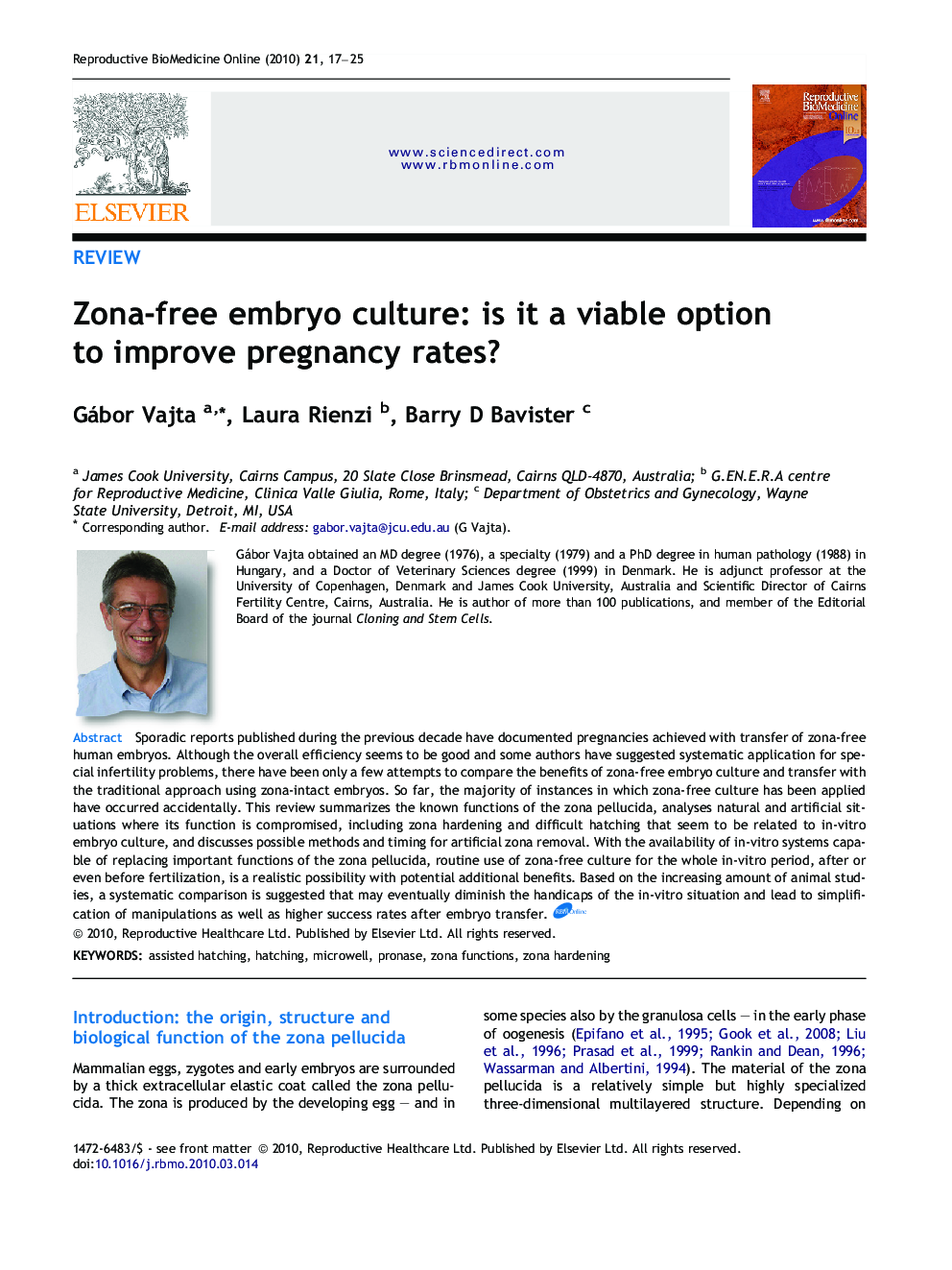| Article ID | Journal | Published Year | Pages | File Type |
|---|---|---|---|---|
| 3971996 | Reproductive BioMedicine Online | 2010 | 9 Pages |
Sporadic reports published during the previous decade have documented pregnancies achieved with transfer of zona-free human embryos. Although the overall efficiency seems to be good and some authors have suggested systematic application for special infertility problems, there have been only a few attempts to compare the benefits of zona-free embryo culture and transfer with the traditional approach using zona-intact embryos. So far, the majority of instances in which zona-free culture has been applied have occurred accidentally. This review summarizes the known functions of the zona pellucida, analyses natural and artificial situations where its function is compromised, including zona hardening and difficult hatching that seem to be related to in-vitro embryo culture, and discusses possible methods and timing for artificial zona removal. With the availability of in-vitro systems capable of replacing important functions of the zona pellucida, routine use of zona-free culture for the whole in-vitro period, after or even before fertilization, is a realistic possibility with potential additional benefits. Based on the increasing amount of animal studies, a systematic comparison is suggested that may eventually diminish the handicaps of the in-vitro situation and lead to simplification of manipulations as well as higher success rates after embryo transfer.
